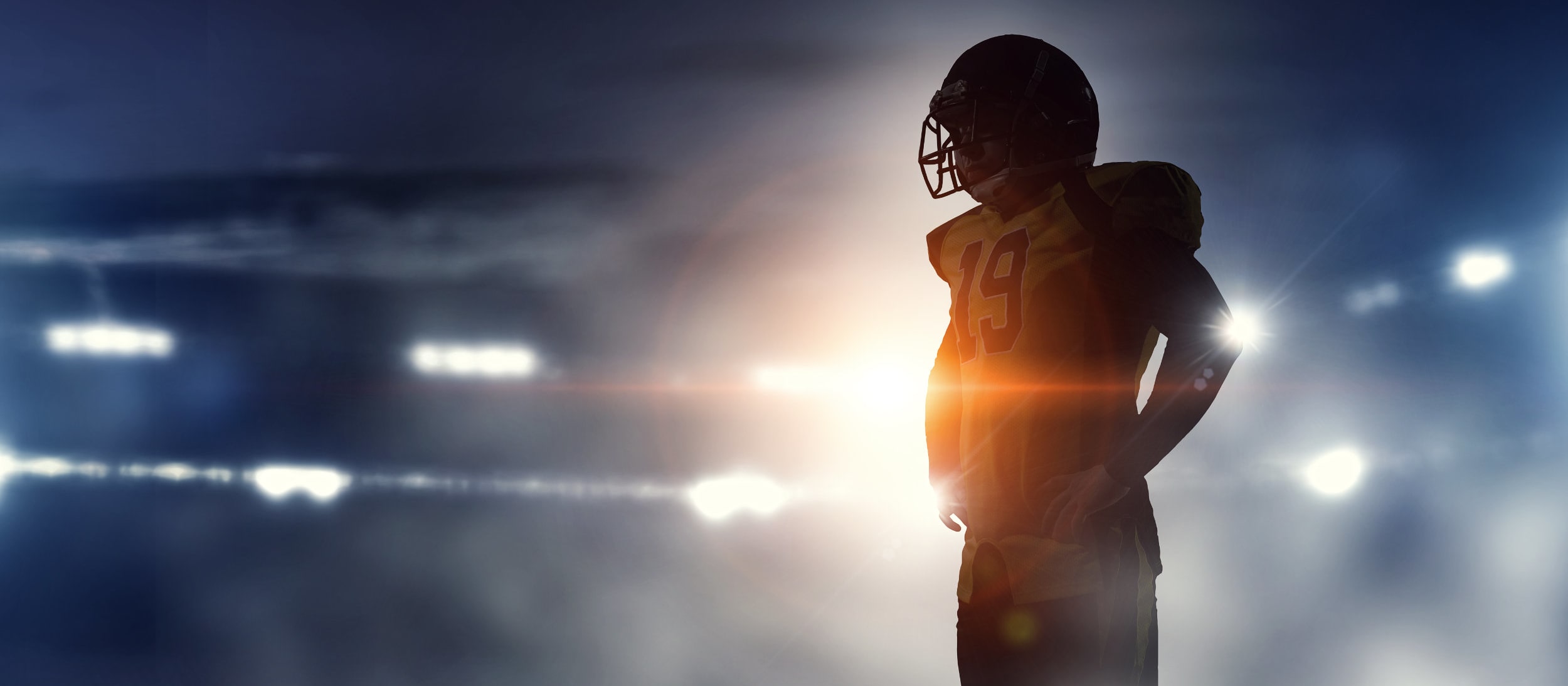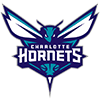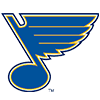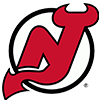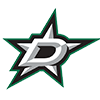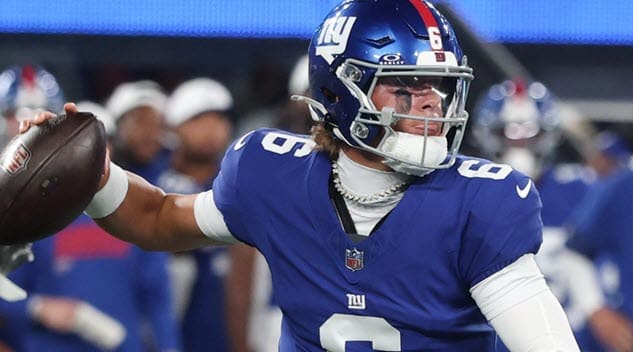The Medhead Rules
Will Carroll
RotoWire Injury Expert
Are you ready for some football? If so, you'd better learn to be a medhead. A medhead? What's that? A medhead is someone that understands the effect of injuries. It doesn't mean you're a doctor or trainer, but that you understand the risks you're taking on with your players. It means you have a plan for backups, that you know which of your positions are going to need pairs or extra depth, and that your draft board is injury-adjusted. It also means you follow the 10 Medhead rules laid out below.
Ten Medhead Rules for Your Fantasy Draft
1. Don't ignore the guys you don't draft
You might not be drafting offensive linemen in your league, but those "big uglies" are opening holes for the RBs you do draft, keeping your QB upright long enough to throw it to your WRs and TEs. You might not draft IDPs, but knowing that the speed rusher in division has a bad knee might move that QB you're thinking about up a couple notches. The RB that's out might give more opportunities for passing or vice versa. Every injury has an effect and a context. You have to understand those if you're going to avoid undue risk and find opportunities that your opponents might miss.
2. Understand the difference between "traumatic" and "chronic"
Injuries can fit in one of two categories - traumatic and chronic. Traumatic injuries are ones that happen due to a known cause. Clinton Portis injured his shoulder last season in a traumatic fashion. Kevin Jones had a traumatic Lisfranc fracture. On the other hand, chronic injuries have a higher degree of recurrence. Shaun Alexander's stress fracture is healed, but the stress that caused the problem is still there. Carson Palmer and Daunte Culpepper both had traumatic knee sprains, but unless Culpepper is back to health this year, he'll have a chronic knee problem. In most cases, you'd almost always rather have the guy with the traumatic problem. The biggest exception to this rule is a hamstring strain for a speed player.
3. Style - it's important in football, even if all you wear are grey NFL hoodies
You have to know what playing style a player has. Is he a speed guy? A bull? A pocket passer or scrambler? Is he a possession receiver? A blocker? The same injury is going to have different effects depending on a player's style. Understanding this is key. Last year, Randy Moss was dealing with a hamstring strain, but I called him a good play that week. Why? He was practicing and his style made him useful. Moss, while fast, is more reliant these days on his height and jumping ability. A quick check of the film showed me that he tends to jump off one foot, as if he were going up for a layup, something he could still do. Sure enough, he was targeted in the red zone.
4. Check The Clock and Calendar
Here's a pet peeve of mine – four to six weeks. That's almost like the cable company telling you they'll be there to fix your problem sometime between nine and noon. It's a big range. The fact is that while different injuries have different effects on different individuals, we can quickly start narrowing that range. Knowing the normal healing time for the specific injury, position, and player helps, but even just watching practice reports can help. Is the player running? How about hitting? I'll be here to get more specific information as I can, because you have to plan ahead. I'm sure you look at bye weeks when you're drafting, but you have to consider availability all season long. A four-week injury can be covered easily in some cases, but in the others, the quicker you get to the waiver wire, the better.
5. Know that bones heal
I've heard a bunch of people compare Kevin Jones to Michael Strahan over the last few weeks. Both had a Lisfranc injury, but the comparison ends there. First, nothing these guys do is similar. They don't look alike, move alike, or have the same skills, so why ignore that fact when assessing how an injury will affect them? The fact is that Jones had a Lisfranc fracture while Strahan had a Lisfranc sprain. Is a broken thumb the same as a sprained thumb? No, it's not, and the effects are completely different. In almost every case short of Tim Krumrie or Tyrone Prothroe, you'd rather injure a bone rather than a ligament or tendon. Bones heal and do so pretty predictably. With the advent of bone stimulators and pharmaceuticals that can speed and augment the process, it's going to be a lesser and shorter recovery from fractures. Function is a different story, but it's a far more complex one with a ligament. Go back to last year and look at the initial reports on Shaun Alexander. Despite some confusing signals from both Alexander and the team in the initial stages, the diagnosis made held. Bones are predictable and predictable means less risk. I like less risk.
6. Those that don't know injury history are doomed to repeat it
Someday, they'll do DNA tests at the Combine. Given all the poking and prodding they do there – it's a fascinating process – I'm surprised they don't already. Someone back in the NFL Labs will check to see whether the potential draftee has weak ligaments, brittle bones, or some other "tissue issue." What we call luck now likely has roots in the general physical condition and proclivities of a player. Until we get to that stage, we'll have to rely on injury history. The more the better – if you can go all the way back to high school, like we did with Cadillac Williams, you can learn just how an injury has progressed, which gives a great idea about how long someone takes to recover, how often they need time off, and how it affects them when they're on the field. If you're drafting Brian Westbrook, Clinton Portis, or Shaun Alexander, you have to know their histories, but that's easy. Knowing why that guy is a backup is important. Can Brandon Jacobs hold up with a feature load? Was the 2006 Fred Taylor good because of the timeshare with Maurice Jones-Drew? Is Michael Turner a backup because his size will be a problem? How many of the linemen wear knee braces in front of Travis Henry? If you don't know, you'd better ask someone.
7. The team counts
Fantasy players often get accused of being a bit mercenary, rooting for players rather than teams. Yeah, we do, but the team context a player is in can be as important a factor as anything. Knowing the scheme, the depth, the philosophy, and the outlook are big factors and will let you know whether the third WR is worth taking a look at. One other factor that's not considered by many players is how well a team returns its players. While all the doctors and trainers around the NFL are capable, qualified and hard working, some are simply better at some things than others. Understand that the Patriots, Colts, and Redskins do a good job of maximizing the efficiency of the player and getting them back quickly, while the Packers, Cowboys, and Titans do a nice job with prevention.
8. Going deep? Check out the guys behind the guys you're avoiding
This one only works in deep leagues, but if there are players you're avoiding (say, Larry Johnson), then it's often worth noting who's playing behind them. It's different than pairing a player; that's a hedge. This is more of a speculative play. This can pay off most with RBs and QBs. Some examples this season would be Philly's backup QB, New England's backup RB, and the fourth WR in Dallas (who's playing behind three guys with injury problems.) Quick – name them. They should be on your draft list. Perhaps not high on it, but when you get into the later, looking-for-Mr.-Upside stages, they're names to note. The NFL doesn't stop when there's an injury; it just pauses to let them get carted off. Don't let your team be on the cart.
9. Never Say Never, Just Know When
Just as you sometimes look to the guys behind the guys, sometimes you should also look at the guy. You never say "I won't draft this guy" unless you have some irrational reason like "I never draft my team's rival or guys who came out of the University of Texas." (Ok, avoiding Longhorns is something I can understand.) What you have to realize when you say "I'm not drafting Larry Johnson" is that you're saying "I believe that picking Larry Johnson in the top 10 is a risky scenario." If Johnson drops to the second round, that risk is lower. If a rookie slides or if someone like Kevin Jones falls into the double-digit rounds, that's the time when you can use what you know to assign a rational, appropriate value ... and to rob your fellow owners blind.
10. Your draft is never done
We all do our homework leading up to the draft. We have charts, graphs, spreadsheets, software, magazines, and books. We offer sacrifices to Jobu. We know the name of every backup TE. Yet some people stop once their team roster is filled out. I'm not saying you need to be that guy, the one that converts his basement into a "war room" or obsessively refreshes the league page on add/drop day. You just need to have the same attitude you had going into your draft. Know where things stand, check your opponents' rosters and make sure you have good information. It's good to get outside and see your family at least a couple times during the season, but don't take your eyes off the fantasy ball for too long, or you're sure to miss something. Here's a tip: keep your draft board around and keep it updated through the season. Move this year's breakout RB up accordingly, and take out the QB who goes down for the season. It will help when you're trying to figure out a trade.
Starting next Tuesday, we'll start taking a look at the injuries we're seeing in preseason games and how they'll affect teams, both real and fantasy. We'll do it every Tuesday throughout the season, making sure you have the best information on what happened and helping you make the best decisions on waiver wire moves and bye-week pickups.
You can also keep up with my coverage each Thursday and Sunday morning at Sports Illustrated, where I'll get the information that you won't get from the injury report. As always, I'll be contributing nuggets of info to the Rotowire NFL blog throughout the week, and if you have questions about your team, email me. I'll do my best to help.
Article first appeared 8/13/07


